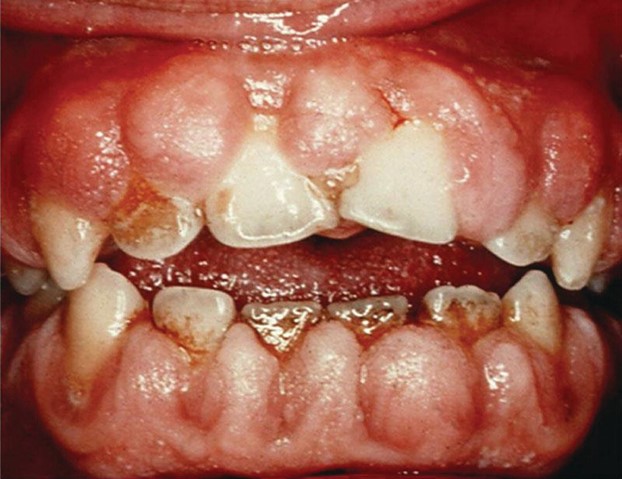A nurse is instructing a client who has cancer about precautions to take while undergoing chemotherapy. Which of the following statements by the client indicates an understanding of the teaching?
"I will wear gloves when I change my cat's litter box.".
"I will take my temperature once each week.".
"I will be able to attend my favorite singer's concert.".
"I will allow my toothbrush to dry completely between each use.".
The Correct Answer is A
Choice A rationale:
Wearing gloves when changing the cat's litter box is essential during chemotherapy because some chemotherapy drugs can be excreted in bodily fluids, including feces. Protecting against direct contact with potentially harmful substances is crucial to minimize exposure risks.
Choice B rationale:
Taking the temperature once each week is not a relevant precaution during chemotherapy. Monitoring temperature is important, but it should be done more frequently, such as daily, as chemotherapy can cause immunosuppression, increasing the risk of infection.
Choice C rationale:
Being able to attend a concert is not related to precautions during chemotherapy. It is essential for clients undergoing chemotherapy to avoid large gatherings and events where they might be exposed to infections.
Choice D rationale:
Allowing the toothbrush to dry completely between each use is a good hygiene practice but not specifically related to chemotherapy precautions. Proper oral hygiene is essential during chemotherapy, but using a soft toothbrush and regularly replacing it are more relevant considerations.
Nursing Test Bank
Naxlex Comprehensive Predictor Exams
Related Questions
Correct Answer is A
Explanation
The client's daily peak expiratory flow (PEF) measures 85% above personal best.
Choice A rationale:
Salmeterol is a long-acting beta-agonist used to treat asthma. Improvement in the client's daily peak expiratory flow (PEF) of 85% above their personal best indicates effective bronchodilation and better asthma control.
Choice B rationale:
ABGs showing a pH level of 7.32 are not indicative of the effectiveness of salmeterol. ABG values assess the client's acid-base balance and gas exchange, but they do not directly reflect the action of the medication.
Choice C rationale:
A decrease in forced expiratory volume after treatment with medication indicates a lack of response to the therapy, not an effective outcome. It suggests the medication is not adequately controlling the client's asthma symptoms.
Choice D rationale:
Wheezing limited to expiration is not a clear indicator of medication effectiveness. Wheezing can be present in various respiratory conditions and is not solely associated with asthma control. Exhibit. The correct answer is choice B: Increase the rate of the infusion by 160 units/hr.
Correct Answer is A
Explanation
Choice A rationale:

Tender, bleeding gums could be a sign of phenytoin-induced gingival hyperplasia, a serious adverse effect of phenytoin. This condition requires immediate medical attention to prevent further complications.
Choice B rationale:
Increased facial hair is not a common adverse effect of phenytoin and may not require immediate medical attention. It could be due to other factors or conditions.
Choice C rationale:
Constipation is a common side effect of many medications, including phenytoin. While it should be monitored, it does not require immediate reporting to the provider unless severe or persistent.
Choice D rationale:
A skin rash can be an adverse effect of phenytoin, but it does not necessarily require immediate reporting unless it is severe, accompanied by other symptoms, or indicative of a serious allergic reaction.
Whether you are a student looking to ace your exams or a practicing nurse seeking to enhance your expertise , our nursing education contents will empower you with the confidence and competence to make a difference in the lives of patients and become a respected leader in the healthcare field.
Visit Naxlex, invest in your future and unlock endless possibilities with our unparalleled nursing education contents today
Report Wrong Answer on the Current Question
Do you disagree with the answer? If yes, what is your expected answer? Explain.
Kindly be descriptive with the issue you are facing.
